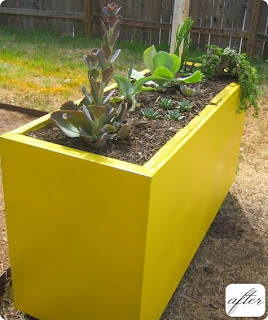
It has been about two weeks now since Arlene has planted various seeds in the garden, and it's time to begin thinning the plants. Thinning is important because it prevents plants from competing for nutrients and allows the plants that remain to grow more vigorously. It also helps to improve plant health by allowing more air circulation which helps prevent fungal diseases. Why even sow the seeds so close together?
Read our previous post about planting seeds; Arlene sows many seeds in each line to ensure lots of germination.
All the same, pulling those new sprouts out of the earth can be sad! In some cases, such as with the mizuna shown here, the small plants can be eaten, so you aren't just thinning, but harvesting too! And in the long run, however wasteful it may seem, thinning is important for the overall health of the mature plants. Interested in learning more about the importance of thinning?
Check out Jane Tunks' article from the San Francisco chronicle. She talks about her own experiences with this important gardening step, and also has more detailed instructions.
So how does one go about thinning?
Step OneKnow when to begin to thin. You don't want to thin your plants when you see the first leaves sprouting; these leaves are called cotyledons and are actually part of the plant embryo. Wait until the second set of leaves sprout; these are

referred to as the "true leaves." In the case of the radishes, shown here, the cotyledons sprouted after about five days, and the true leaves emerged about 2 weeks after that. Radishes grow very quickly, however, so the times may vary depending on the type of plant.
On this radish plant, shown to the right, you can see the smaller cotyledon leaves toward the base of the plant, and the larger true leaves sprouting higher.Step TwoOnce you recognize the true leaves, go through and pull out plants by hand; a little research online can tell you how much space should be left between plants depending on the variety, and this space is usually dictated by the size of the mature plant.
Here is another useful article that goes into more detail about what plants should be thinned and by how much.
Step ThreeAfter you've finished thinning, go back through the clumps of plants again, as is shown here.

Arlene demonstrates how she finds the strongest looking plant, and removes the rest around it.
Step FourAfter that, go back and replace soil around the base of the plant in case the plant was disturbed during the thinning process.
So next time you are looking at your full and lush row of newly-sprouted veggies, don't despair! Thinning is critical for plant health and productivity, and chances are if you have an edible garden, you can eat the plants too!



















































